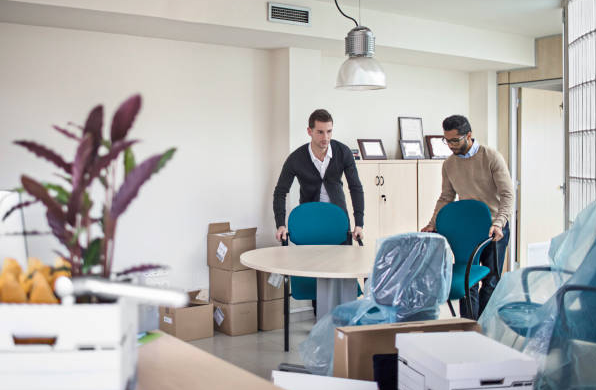Moving homes can be both exhilarating and nerve-wracking. The kitchen, with its myriad appliances, utensils, and breakables, often poses the most significant challenge.
With the right approach, though, it doesn’t have to be an overwhelming task. Here are some expert tips to ensure that your kitchen packing is smooth and efficient. And if you’re in the Windy City, don’t forget the value of enlisting the help of professionals for the heavy lifting.
Start with Decluttering
Before you even think about boxing up your kitchen, take a moment to declutter. Sort out items that you no longer need or use.
- Donate or sell unused items.
- Recycle any broken or damaged utensils.
- Consider the value of each item. If it’s not worth the effort of packing and moving, it might be time to part with it.
Gather Your Packing Supplies
To keep things organized and ensure the safety of your belongings, invest in:
- Sturdy boxes in various sizes.
- Packing tape.
- Bubble wrap or newspapers for fragile items.
- Permanent markers for labeling.
- Zip-lock bags for small items or perishables.
Packing Fragile Items
The kitchen has plenty of delicate items. Here’s how to keep them safe:
Glassware & Dishes
Wrap each piece individually with bubble wrap or newspaper. Place heavier items at the bottom of the box and lighter ones on top.
Pots & Pans
Nest them within each other, separated by cushioning materials to prevent scratching.
Electronics
If possible, pack in their original boxes. If not, ensure they’re tightly packed with ample cushioning.
Pack Perishable & Non-perishable Food
Perishable Items
Use a cooler for items that need to stay cold. It’s best to consume or give away as much of this as possible before the move.
Non-perishable Items
Pack spices, cereals, and other pantry items in medium-sized boxes. Make sure to seal opened packages with tape or place them in zip-lock bags to avoid spills.
Don’t Forget About Heavy Appliances
While smaller kitchen gadgets are straightforward to pack, larger appliances require more care.
Refrigerators
Defrost at least 48 hours before the move. Secure all shelves and drawers.
Ovens & Stovetops
Clean and remove any detachable parts. Tape down any loose components.
For these hefty items, consider the expertise of professional to ensure safe transportation.
Label Everything
This step can’t be emphasized enough. Labeling allows for easier unpacking and ensures that fragile items are handled with care.
- Mark boxes with “FRAGILE” when necessary.
- Clearly state the contents of each box.
- Indicate which side of the box should face up.
Final Thought
Packing your kitchen might seem daunting, but with meticulous planning and organization, you can make the process seamless.
Safe travels and happy moving!




